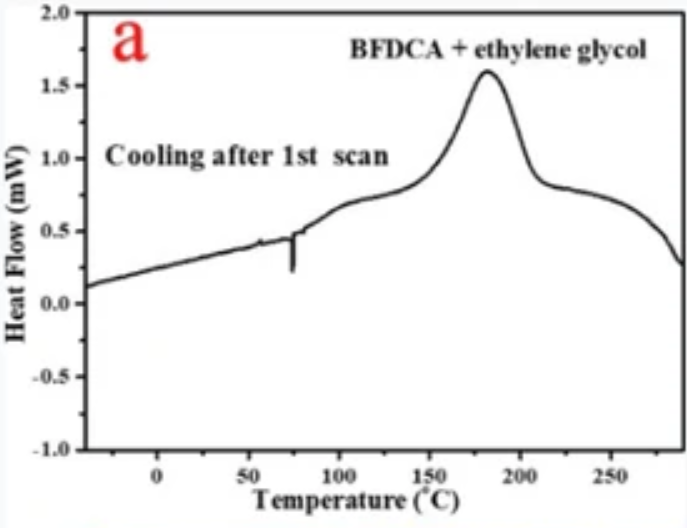4,4’-Dibenzoic acid is a critical monomer used in the production of high-performance polymers and liquid crystal materials. However, its industrial application is increasingly challenged by its long synthetic pathways, low selectivity, environmental pollution, and poor biodegradability. Amid tightening environmental regulations and global carbon neutrality goals, the industrial usage and polymer...
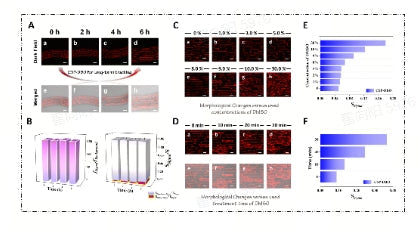
FM 2.0 Fluorescent Dye Series Long-term Plasma Membrane Imaging Dyes Introduction The FM 2.0 fluorescent dye series currently comprises a suite of five distinct products, such as FM2.0 Green, FM2.0 Orange, FM2.0 Red, CFM2.0 Red, and FM2.0 NIR, each with varying emission wavelengths. These dyes belong to a class of...
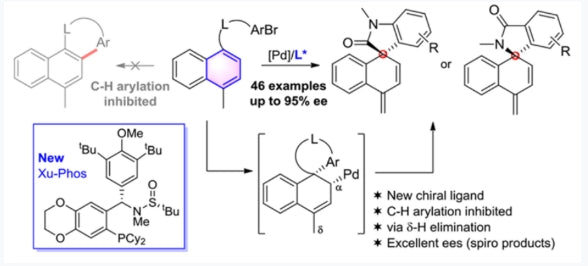
The SadPhos family represents a new generation of adaptive ligands with multiple coordination centers. This innovative ligand family, developed by Professor Zhang Junliang’s research group, derives its name from the English abbreviation for sulfinamide phosphine ligands. Over the past nine years, the SadPhos family has evolved from Ming-Phos to include...
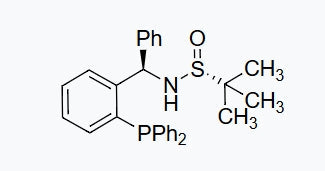
Ligands play a critical role in asymmetric synthesis by bonding with central metal atoms through coordination or covalent bonds. These interactions influence the chemical environment around the metal, improving reaction conditions, enhancing catalytic activity, and increasing conversion rates. To date, thousands of chiral ligands have been developed to advance research...
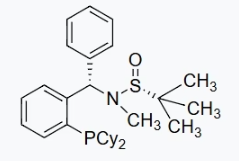
Ligands, which bond with metal central atoms through coordination or covalent bonds, play a critical role in influencing the chemical environment of metal atoms. They improve reaction conditions, enhance catalytic activity, and boost conversion rates. Over the years, scientists have developed thousands of chiral ligands to meet the demands of...

Ligands play a critical role in chemical synthesis, bonding with metal central atoms through coordination or covalent bonds. These interactions directly influence the chemical environment around the metal atoms, improving reaction conditions, catalytic activity, and conversion rates. Over the years, scientists have developed thousands of chiral ligands to meet the...
